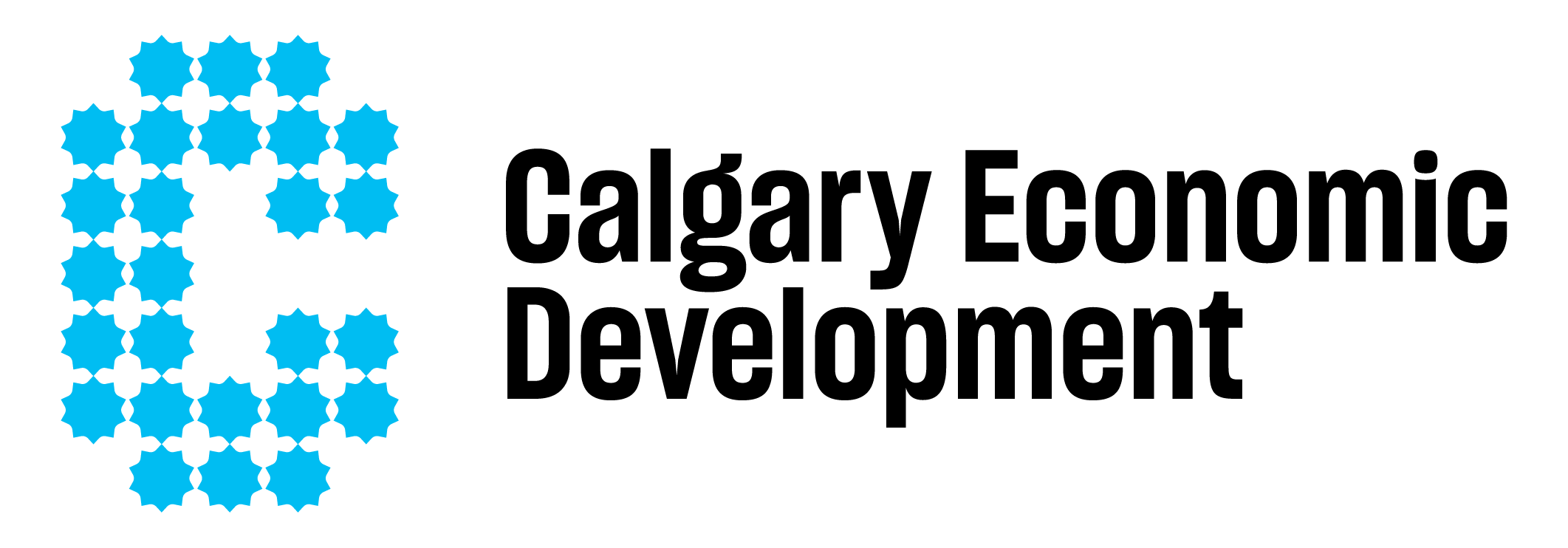This article is part of the Bright Leaders of Calgary series, which features prominent corporate leaders and their insights on the local business community and vision for the future.
Calgary’s agribusiness sector is creating innovative partnerships and solutions to feed and fuel the world. Driven by new technologies and cross-sector collaboration, the city is steadily emerging as a global leader in the agricultural space, supported by post-secondary institutions, food and technology suppliers.
The Calgary Stampede, an internationally renowned organization that celebrates the city’s Western heritage and agricultural roots, attracts companies and visitors from all corners of the globe to the Blue Sky City. The annual event and organization enhances both our economic prosperity and the livability of our city, a key driver in our economic action plan, Uplook.
We spoke with Cherie Copithorne-Barnes, Second Vice-Chair of the Board at the Calgary Stampede and fourth generation rancher. Our conversation explored the organization’s approach to gathering curious minds, and why the region is a hot spot for leading agribusinesses.
1. What is your Calgary story?
My Calgary story began in 1887 when my great-grandfather bought our current property west of Calgary — we started as a modest dairy and horse operation. Our family has been here for generations, with my children being the fifth generation. I spent seven years ranching in Uruguay, but Calgary has always been what feels most like home.
2. How is Calgary’s agriculture and agribusiness sector positioned on the global stage?
Calgary was largely founded on its agricultural roots, and the oil and gas industries emerged later. Despite the growth of these industries, we are still surrounded by some of the most productive agricultural lands in the world, supported by multi-generational families, which in many cases have transformed into large family run corporations. Calgary's livability and professionalism help keep us competitive on the global stage, now attracting people and companies from around the world.
3. How does the Calgary Stampede drive economic activity for the city? 
The Calgary Stampede provides a unique opportunity for not only Calgary, but for those involved in agriculture around the world. The Stampede highlights our community’s individuality and sets us apart, but also provides a platform for others working in agriculture to showcase their contributions.
The Stampede itself welcomes more than one million guests during our annual celebration in July, and more than five million visitors year-round, while employing 1,000 people annually and 3,500 seasonally.
The organization’s commitment to the community extends beyond our 10-day-long celebration of the community and agriculture and Western events. Educational programs like ‘Aggie Days’ attract thousands of kids and families, offering insights into agriculture’s professionalism, technology and innovation.
With the newly expanded BMO Centre at Stampede Park, the Calgary Stampede is also a gathering space throughout the year. We’re creating inclusive and exciting programs and events that engage the millions of visitors annually at the BMO Centre — we’ve had over 1,200 events booked this past year. Anybody can put a cowboy hat on, and it helps everyone feel included in that Western hospitality.
4. How do you see the region and the Calgary Stampede support farmers, ranchers and agricultural organizations in their growth both locally and globally?
The Calgary Stampede provides a platform to showcase the agricultural industry's achievements. Through its 10-day event and educational programs like Stampede School and Journey 2050, it exposes diverse visitor groups, including urban children, to agriculture's history and future.
We’re identifying ways producers and organizations in the Calgary region can support the world’s growing population, which is expected to reach ten billion people by 2050. Much of this will be possible through collaboration and idea-sharing among sectors including oil and gas, and technology.
By being a neutral platform where these diverse players can come together to collaborate, we are able to partner with CED and others to better showcase agriculture’s role here in Calgary. The results of this are already shown by seeing the rise of local incubators, accelerators and venture capital entities – and a strong post-secondary institution community with the University of Calgary, and Olds College as well.
These programs highlight how we plan to feed a growing global population and demonstrate the industry's innovations and contributions from an urban center.
5. Which areas of agriculture are young professionals interested in building a career in?
Through the Canadian Cattle Young Leader’s mentorship program, about 75 per cent of the youth are from farm backgrounds. However, more than half of these farm kids are not necessarily returning to the farm or ranch. Instead, they're pursuing careers in agribusiness, law or politics. Many are driven by policy and advocacy, which is exciting as it shows they see potential and hope here. They're positioning themselves to create the necessary networks to effectively define and advance agriculture in our region.
6. What global trends are influencing the future of Calgary’s agricultural sector?
The global trend of validating sustainability is increasingly important for consumers and investors. Over the past ten years, we've worked to establish a framework for beef industry sustainability. While we're global leaders in sustainable production for all commodities, validating and quantifying our efforts is an ongoing opportunity – and a challenge. It's crucial to find ways to demonstrate our sustainability without adding costs to consumers and producers alike, who are already facing rising food prices.
This is where I get excited too, because this is where we see crossover with tech in the field of agtech. Some of the easiest ways to validate sustainability practices will be through automation, and AI interpretation of changes in the ecosystem such as wildlife inventory counts or changes in land use based on satellite imagery.
The sky's the limit with these technologies and will influence the future of our sector.
7. What gives you optimism for Calgary’s future?
My biggest hope for Calgary's future is its inclusive approach. We've got this Western and agricultural background and are evolving into a multifaceted center where the sky's the limit for what you can accomplish. While oil and gas remain predominant, the city is open to other industries like agriculture and film. Calgary's willingness to explore every option and possibility, supporting diverse business and lifestyle streams, ensures everyone can find their place and contribute to the community.
Calgary is a place where people are happy to be, and that happiness is palpable throughout the city.
About Team Calgary: The Team Calgary corporate partnership program engages our community’s visionary thought leaders to influence Calgary’s economic growth and create long-term prosperity and opportunities for all Calgarians.
Together, we advance the economic strategy, Uplook: An Action Plan For Our Economy, as the path to make Calgary the place where bright minds and big ideas come together with an unmatched spirit to help solve global challenges.

